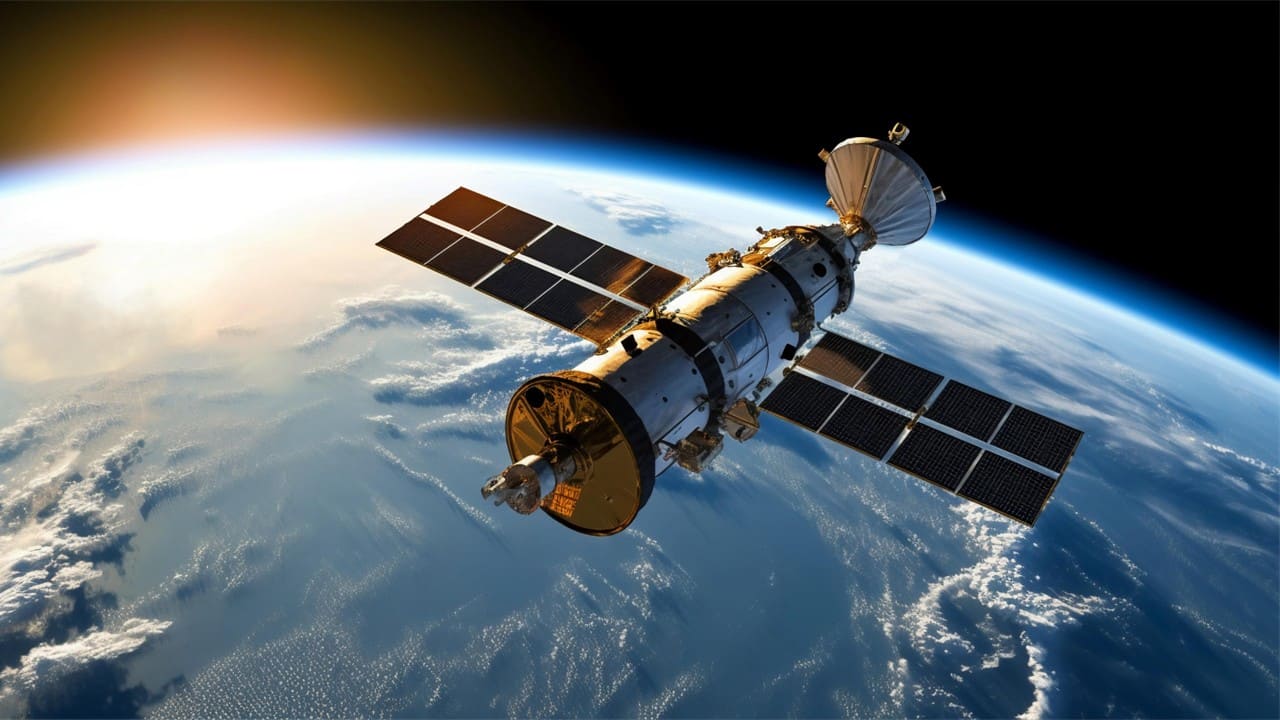5G & LEO: A Connectivity Solution for Maritime Transport and Logistics
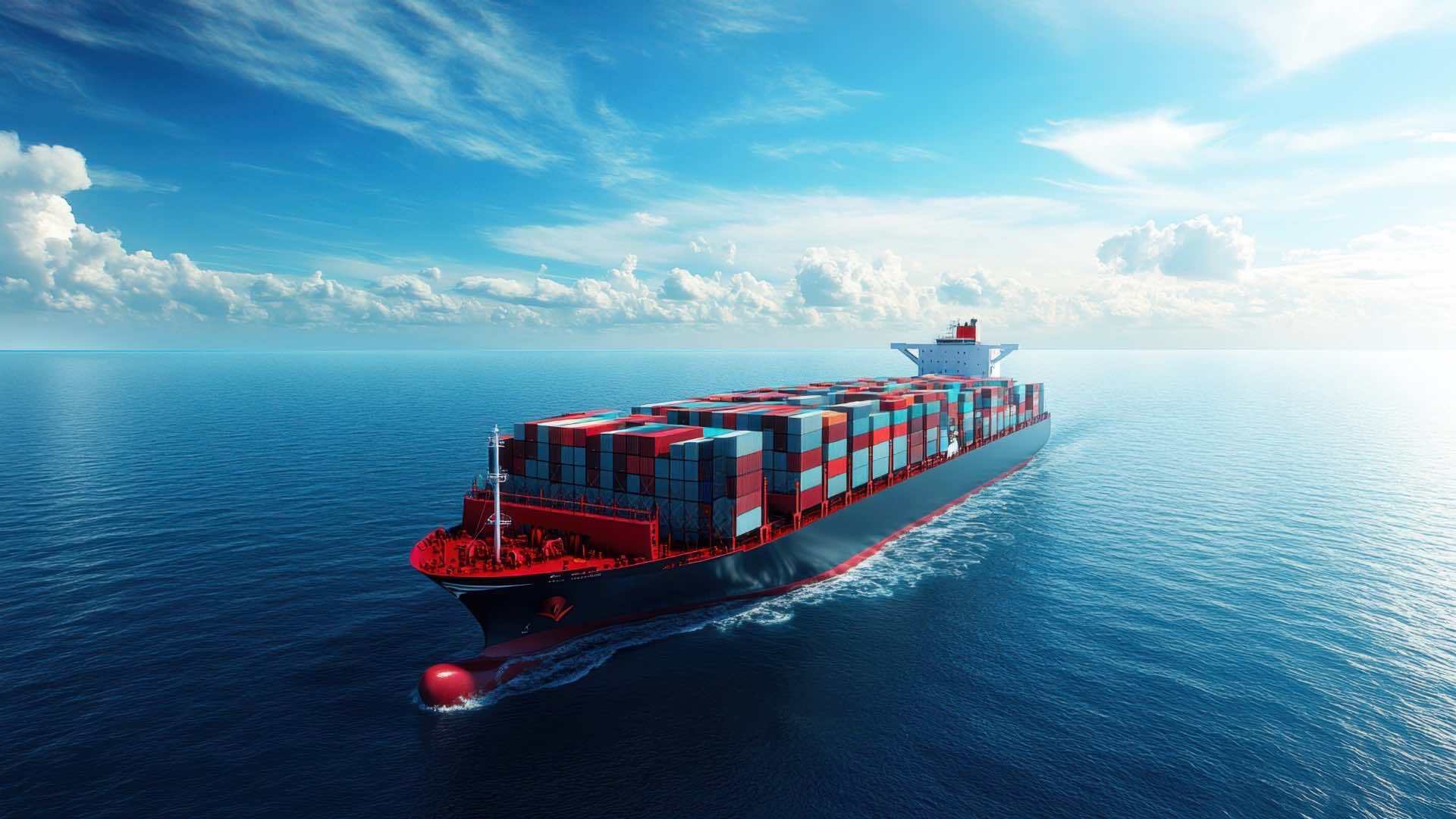
5G technology combined with LEO satellites enables an intelligent connectivity infrastructure for maritime transport and logistics, facilitating real-time data transmission between ships, ports, and operation centers to optimize performance, reduce costs, enhance safety, and accelerate the digital transformation of the maritime industry.
The rapid growth of data and IoT technologies is redefining the maritime industry. Each vessel has become a digital system that continuously exchanges information with onshore operation centers. As supply chains expand, stable and real-time data transmission has become critical to operational efficiency. The integration of 5G and Low Earth Orbit (LEO) satellites is creating a new connectivity infrastructure, enabling companies to maintain uninterrupted data flows, optimize operations, and ensure safety across every voyage.
The Maritime Industry in the New Era
The maritime sector is entering a transformative phase where data forms the foundation of every operation. From voyage monitoring and container management to fuel optimization, all processes now depend on real-time connectivity between vessels, ports, and command centers. When the entire chain stays “always connected,” companies can continuously monitor performance, react instantly, and adjust routes or speeds to minimize costs
In a four-month trial recorded by the Global Maritime Forum, vessels using real-time data analytics reduced bunker fuel consumption by 12% (~4,000 tons), cut 13,900 tons of CO₂, saved US$3.16 million in fuel, and reduced US$150,000 in generator oil costs.
The key challenges faced by maritime enterprises can be divided into two main categories:
-
Technical Limitations of GEO Satellite Networks
- High latency: Signals must travel nearly 36,000 km between Earth and geostationary satellites, resulting in 500–700 ms delays—unsuitable for real-time video, AI analytics, or remote control.
- High costs: Equipment and transmission expenses, including VSAT antennas and dedicated bandwidth, increase operational budgets.
- Uneven coverage: Connections often drop in remote areas or adverse weather, reducing communication reliability.
-
Limitations of Traditional Connectivity Models
- Fragmented data systems: Satellite, LAN, and nearshore Wi-Fi networks operate separately, making synchronization difficult.
- No bandwidth orchestration: Limited ability to manage or allocate bandwidth automatically during traffic spikes.
- Scalability and security issues: Locally built systems lack centralized management and enterprise-grade protection.
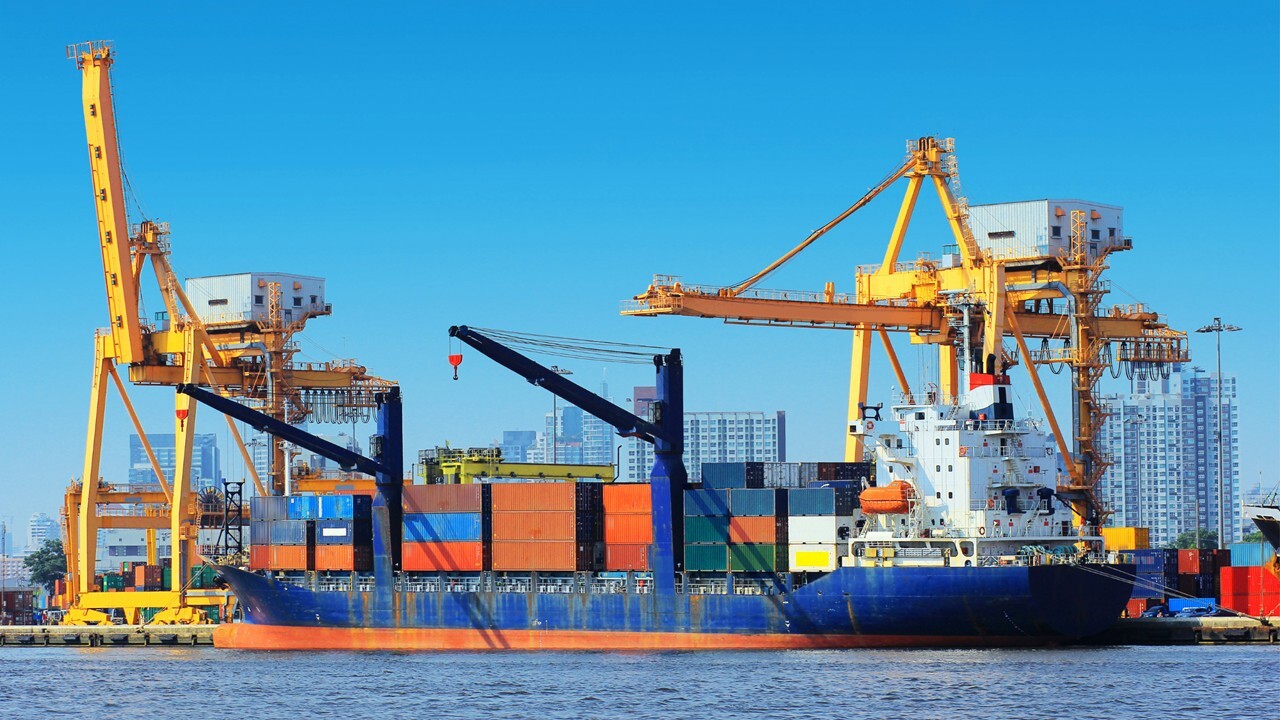
The maritime industry faces the limits of traditional connectivity models.
These challenges prevent the industry from achieving intelligent, real-time operations. As efficiency, safety, and automation demands rise, upgrading to a next-generation, flexible, and secure network becomes imperative.
5G – A Breakthrough in Maritime Operations
While GEO satellites support basic offshore communication, 5G unlocks a new level of connectivity, enabling instantaneous, intelligent, and continuous data transmission. More than just a faster network, 5G provides the foundation for real-time, automated maritime operations.
Compared with previous generations, 5G delivers three core capabilities:
- Ultra-fast transmission speeds for handling simultaneous video, IoT, and sensor data with millisecond latency.
- Network slicing flexibility, creating independent channels for operations, data management, and security.
- Seamless IT integration, connecting vessels, ports, and control centers through cloud or edge computing platforms.
 5G antennas on a telecom tower – low-latency connectivity for real-time smart maritime operations.
5G antennas on a telecom tower – low-latency connectivity for real-time smart maritime operations.
5G not only accelerates data transfer but also transforms connectivity into an intelligent infrastructure layer, enabling predictive monitoring, instant response, and data-driven decision-making.
Key 5G Applications in the Maritime Industry
- Voyage and container monitoring: Continuous data streams allow control centers to track positions and cargo conditions in real time.
- Port and logistics automation: Robots, autonomous vehicles, and AI-powered cameras coordinate seamlessly through 5G, minimizing errors and downtime.
- Ship–port communication: Docking and coordination systems operate with higher precision via direct machine-to-machine communication.
- Predictive maintenance: Thousands of sensors transmit equipment data, enabling early fault detection and reducing vessel downtime.
However, 5G coverage remains limited to nearshore zones. Once vessels move offshore, LEO satellites become the essential link for uninterrupted data transmission.
Hybrid 5G - LEO Model for Maritime Connectivity
Together, 5G and LEO form a unified network that maintains seamless connectivity from port to open sea. 5G delivers speed and bandwidth nearshore, while LEO extends coverage offshore with latency as low as 25–40 ms.
|
System |
Operational Area |
Technical Features |
Role |
|
5G (Nearshore) |
Ports and coastal regions |
High speed, ultra-low latency |
Real-time transmission for AI, video, and IoT sensors |
|
LEO (Offshore) |
Oceans and remote regions |
25–40 ms latency, near-global coverage |
Stable communication and continuo |
An intelligent router automatically switches between the two networks as vessels move beyond terrestrial range, ensuring continuous data, safety signals, and live video transmission back to the control center.
 5G base station with panel antennas – core infrastructure for the hybrid 5G–LEO maritime model
5G base station with panel antennas – core infrastructure for the hybrid 5G–LEO maritime model
Benefits of the 5G - LEO Model for Maritime Operators
- Stable connectivity throughout the entire voyage
- Reduced latency and costs compared to GEO satellites
- Enhanced data transmission for AI and IoT applications
- Seamless integration with existing IT and cybersecurity infrastructure
Implementation Process for Maritime Enterprises
A successful hybrid network requires a structured rollout plan to ensure consistency and long-term reliability. .
Key Implementation Steps:
- Assess existing infrastructure and equipment
The enterprise reviews its current network system, including transmission lines, IoT devices, and servers, to understand the existing infrastructure’s capacity. This assessment forms the foundation for determining the necessary upgrades and appropriate investment scale. - Identify bandwidth and coverage requirements
The enterprise analyzes travel routes, data traffic, and connected applications to design a suitable network. For vessels operating far from shore, it calculates transmission capacity and determines transition points between 5G and LEO connections. - Design an optimized 5G–LEO architecture
The team selects routers, gateways, and security configurations that ensure seamless integration. They standardize technical parameters so the system can automatically switch networks without affecting performance. - Conduct pilot testing and evaluate performance
The enterprise tests speed, latency, and connection stability under real-world conditions. Trials at ports and along operational routes verify device compatibility and help fine-tune system configurations when necessary. - Monitor, maintain, and optimize regularly
After deployment, the enterprise continuously monitors system performance according to SLA standards. Regular performance reports help detect bottlenecks early, update software, and adjust configurations to maintain consistent service quality.
This process enables enterprises to gradually upgrade their connectivity infrastructure while maintaining continuous operations and optimizing investment and maintenance costs.
NetNam - The Pioneer in Managed IT Services Empowered by 5G and LEO
With over 30 years of experience in telecommunications, NetNam stands among Vietnam’s pioneers in developing and deploying next-generation connectivity infrastructure. The company’s solutions go beyond traditional Internet services, expanding into Managed IT Services integrated with 5G, LEO, and Premium DIA, enabling enterprises to operate with stability, security, and flexibility across all environments.
Building on a strong technical foundation, NetNam delivers tailor-made 5G–LEO connectivity solutions for different business models, ensuring scalability and cost efficiency.
NetNam’s Competitive Advantages in 5G–LEO and Managed IT Infrastructure Deployment
- Expert engineering team: Specialized in telecommunications and network infrastructure, capable of consulting, designing, and implementing complex connectivity systems.
- Comprehensive solutions: Backed by strategic partnerships with leading carriers and technology providers, optimizing both terrestrial and satellite infrastructure.
- Cost-effective implementation: Ensures high performance for large-scale technology projects while maintaining international standards for SLA and security.
- Seamless integration: Combines 5G, LEO, and Premium DIA platforms for smooth, uninterrupted operations and reduced downtime risks.
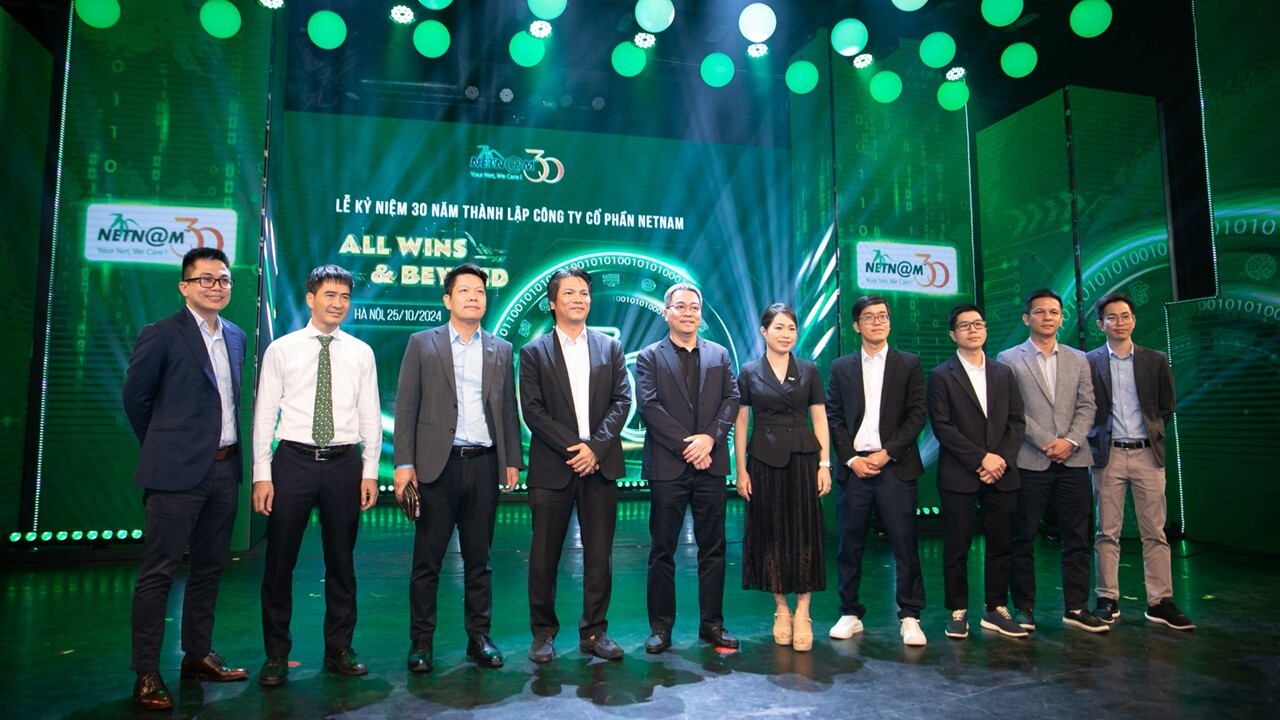
NetNam’s 30th Anniversary Celebration – A Milestone Marking Its Leadership in Managed IT Services
With these capabilities, NetNam is not just a connectivity provider but a strategic partner accompanying enterprises on their journey of digital transformation and global expansion. The 5G–LEO solution implemented by NetNam is becoming a key foundation for Vietnam’s maritime businesses to reach international markets with connectivity on par with regional standards.
Contact NetNam:
- Hotline: 1900 1586
- Email: support@netnam.vn
- Website: www.netnam.com
Submit your request
